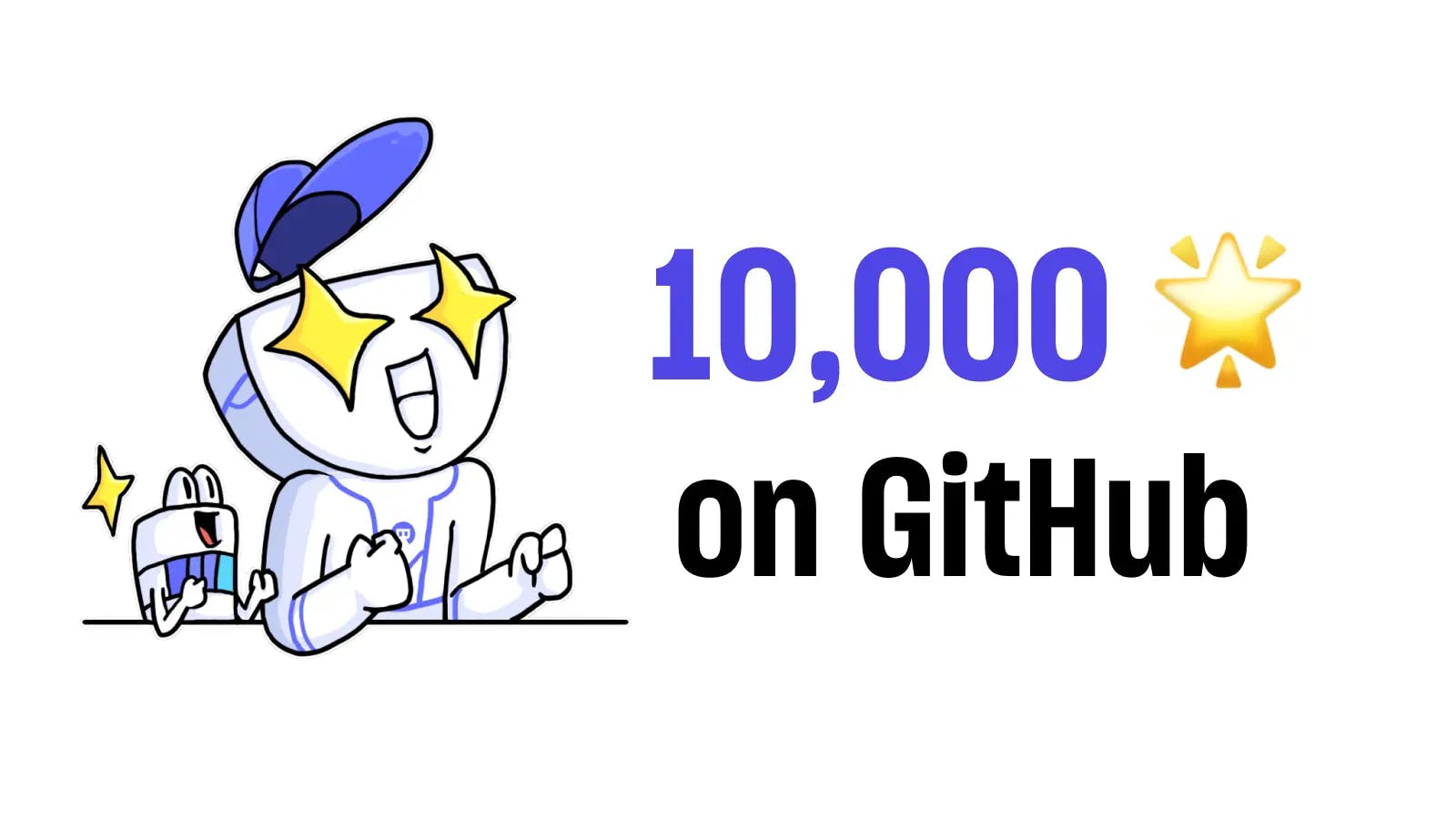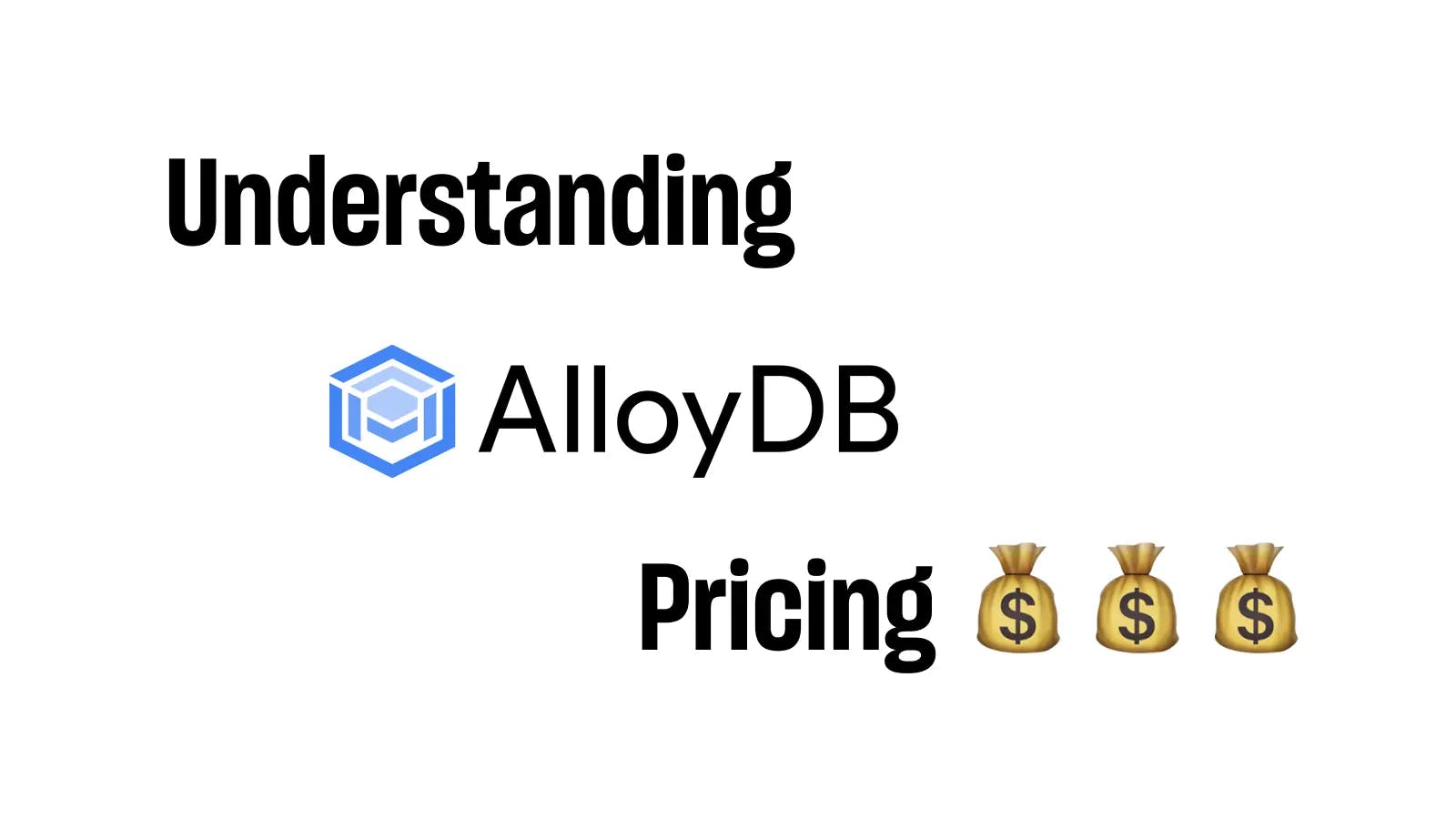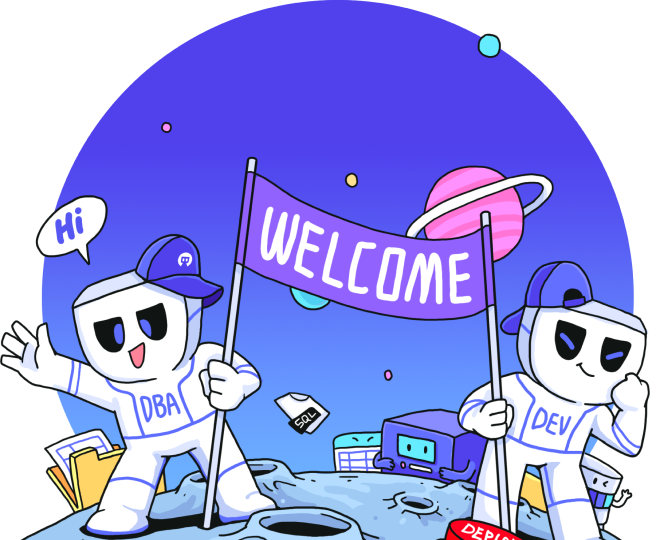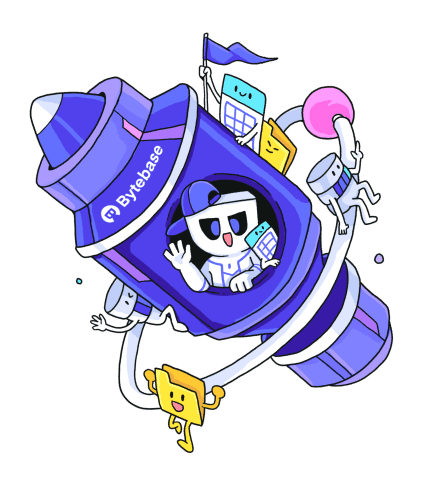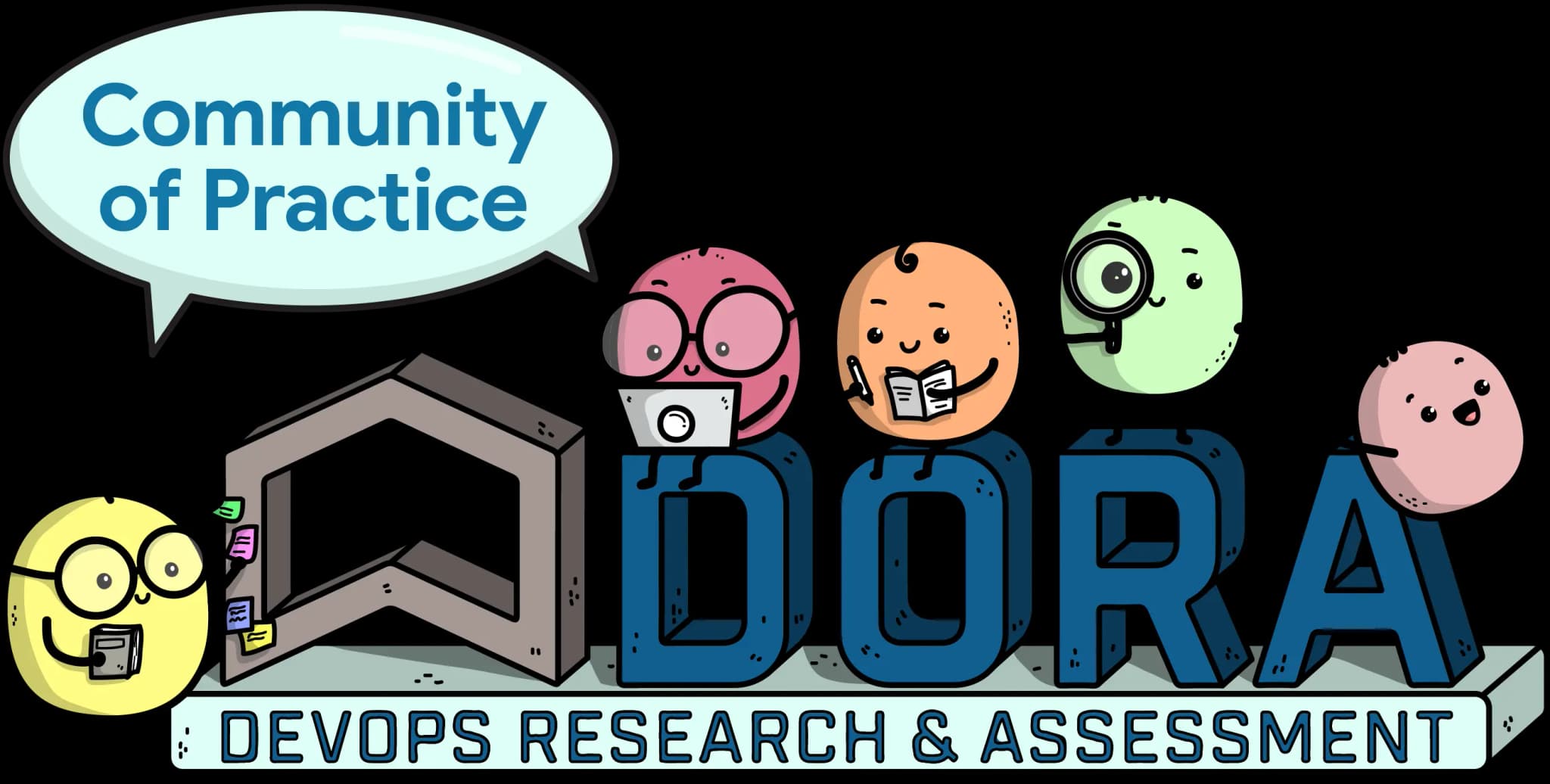
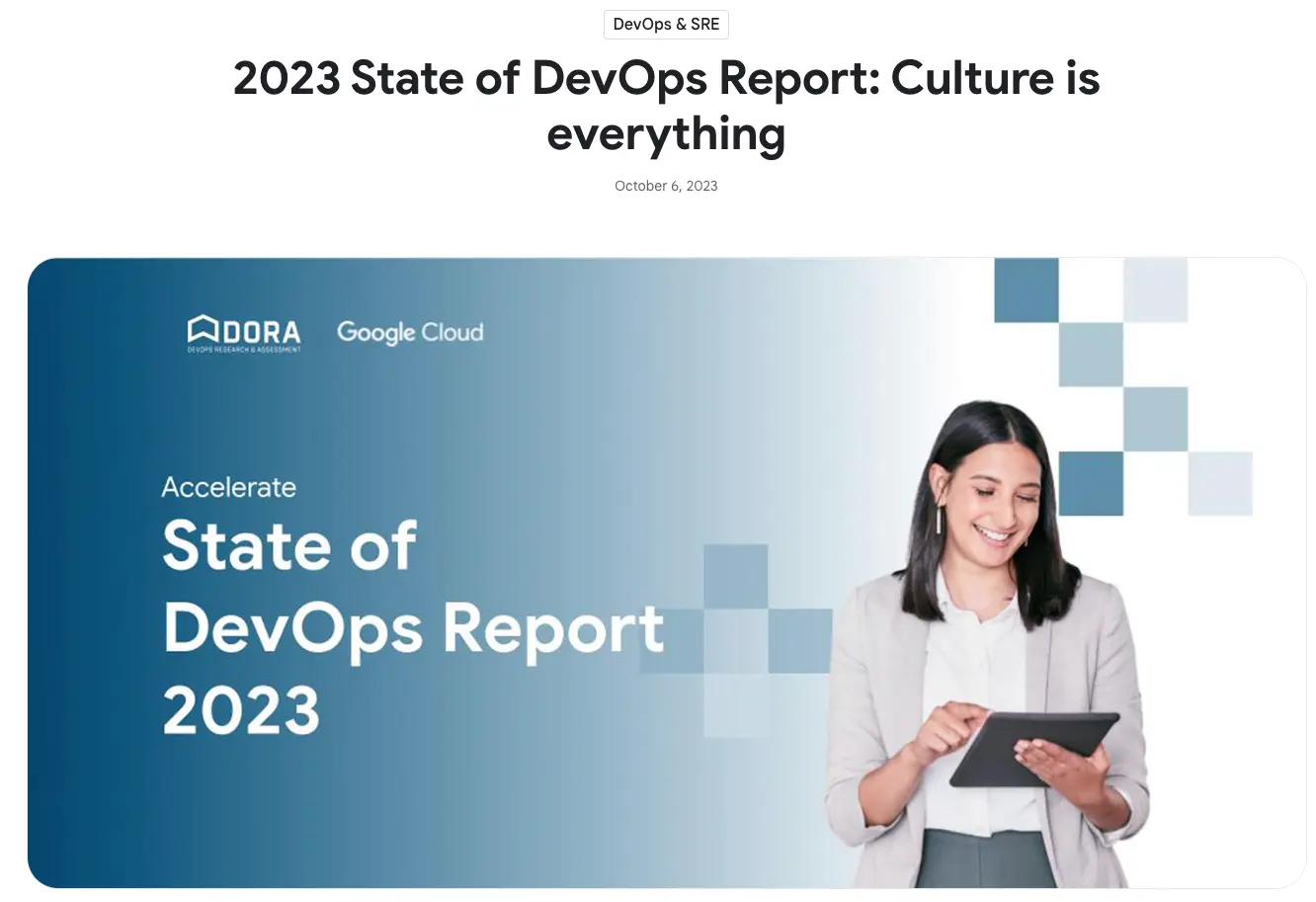
Background
A few days ago, DORA (DevOps Research and Assessments), a program run by Google Cloud, released its annual State of DevOps 2023 report. Starting from 2014, DORA releases one report every year. Due to the pandemic, they skipped one in 2020, so this year's report adds to a total of nine reports.
Initially an independent research institution, DORA joined Google Cloud at the end of 2018. Overall, DORA's reports are considered the authoritive in the entire DevOps industry; this should also be why it got the nod from Google initially. Even after joining Google, its reports still maintain neutrality for the most part. From initially focusing on software release metrics to now extending to organizational culture and business performance, DORA's readers have expanded from managers, directors to CTOs, VPs in leadership roles. This is particularly prominent in this year's report and aligns with Google Cloud shifting its focus to enterprise sales.
Bytebase is a database CI/CD tool for DBAs and DevOps teams. As part of the DevOps ecosystems, the Bytebase team is eager to learn the new development in this year's DORA report.
The Sponsors
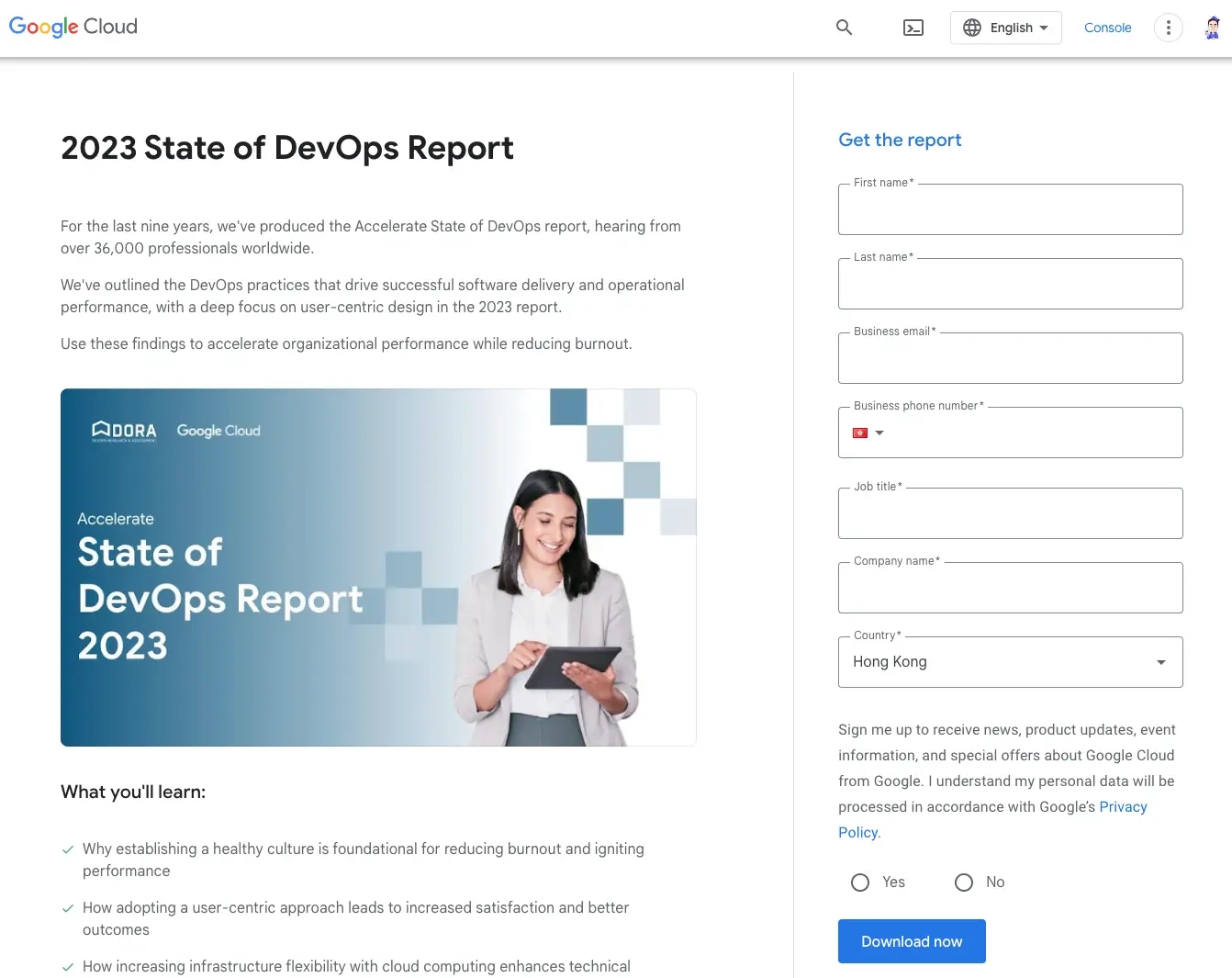
To get the report this year, you need to fill out your contact info. In the fifth year after acquiring DORA, Google Cloud has finally accelerated the monetization of DORA. Besides, there have been significant changes in this year's sponsors compared to last year.
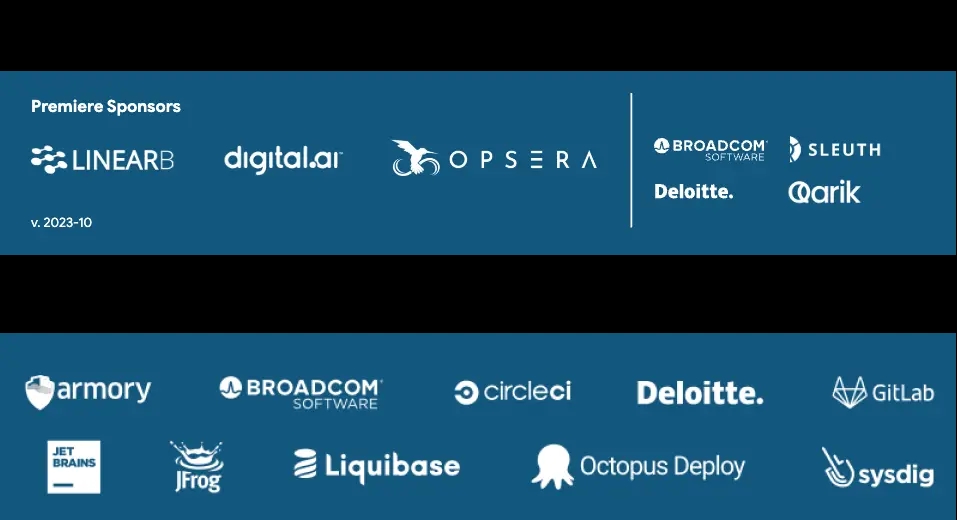
Familiar faces from last year
- Broadcom Software. Broadcom is a relatively old-school software vendor, and its product line related to DevOps mostly comes from the acquisition of CA in 2018.
- Deloitte. IT consulting, a frequent sponsor of the DORA reports.
New faces this year
- LinearB focuses on the optimization of development processes.
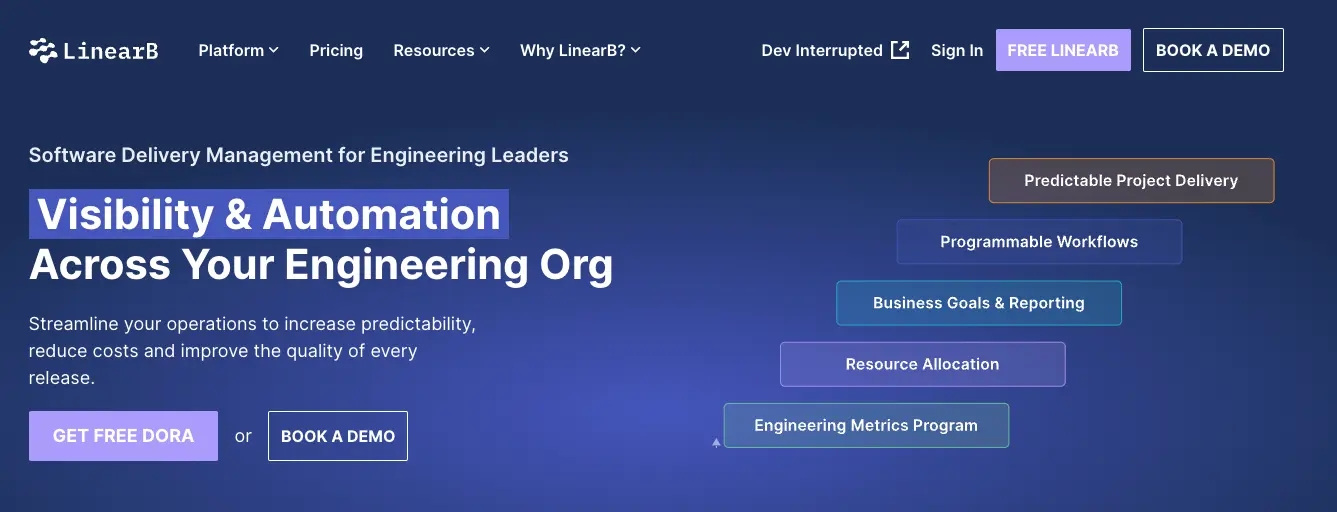
- Digital.ai is doing something similar to LinearB, but utilizes AI for promotion.
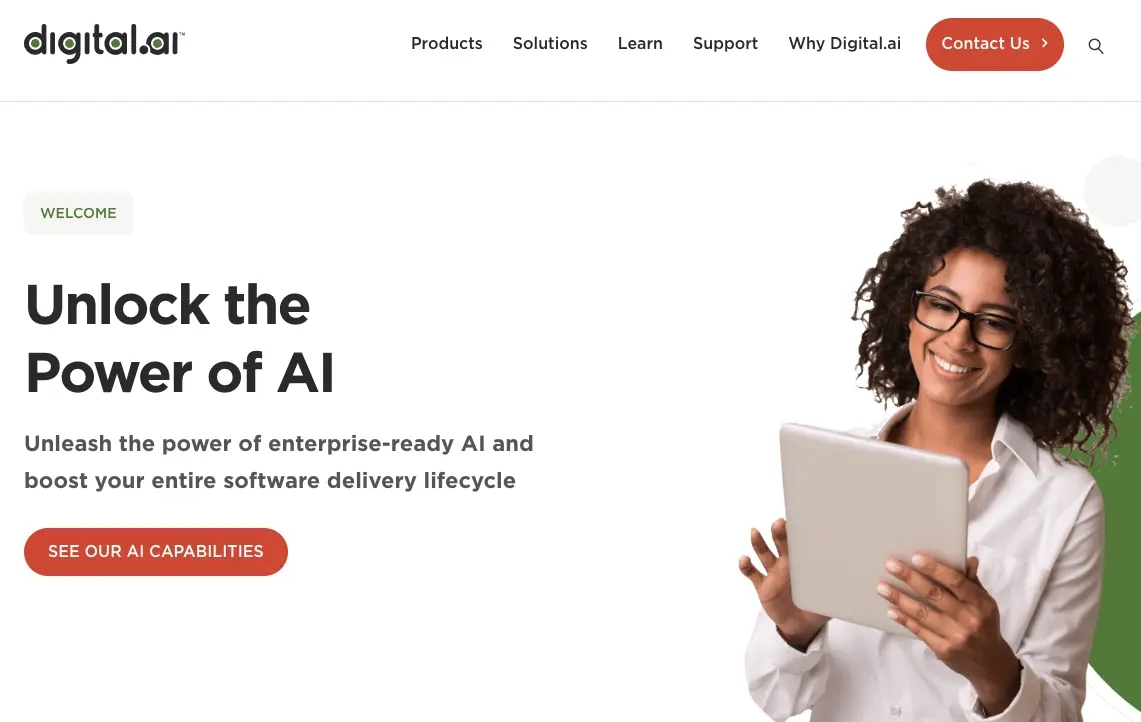
- Opsera's offering is similar to the previous two companies.
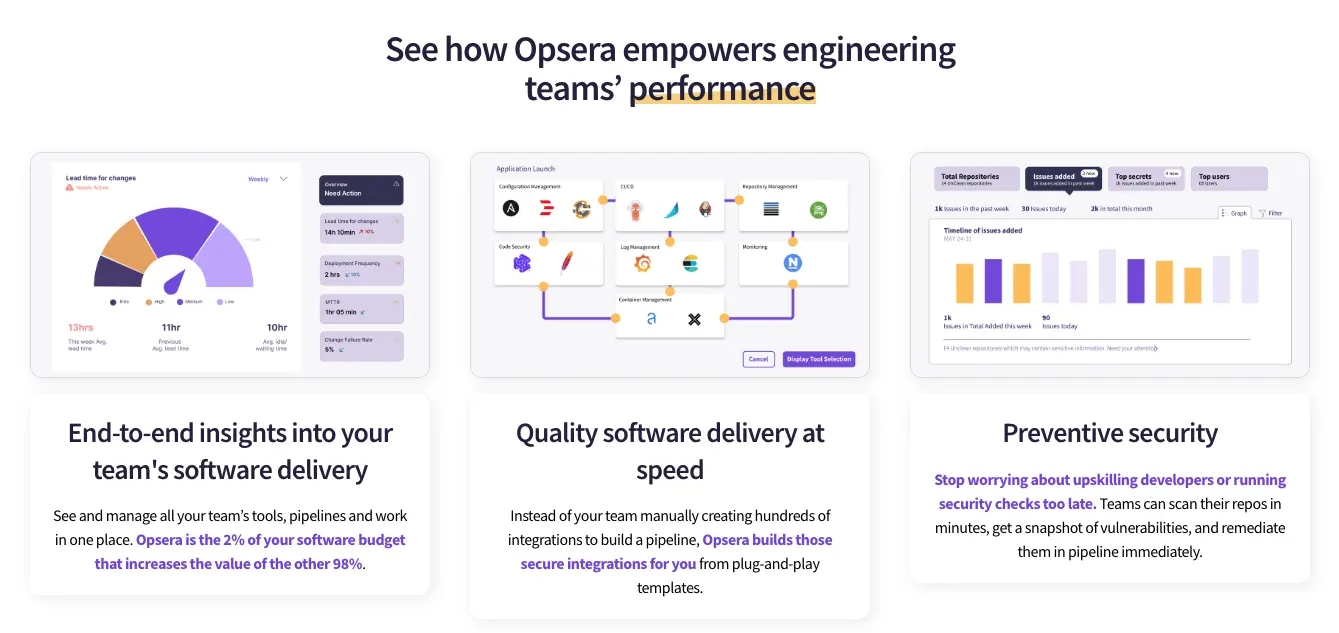
- Sleuth does somewhat similar things, but focuses more on DORA.
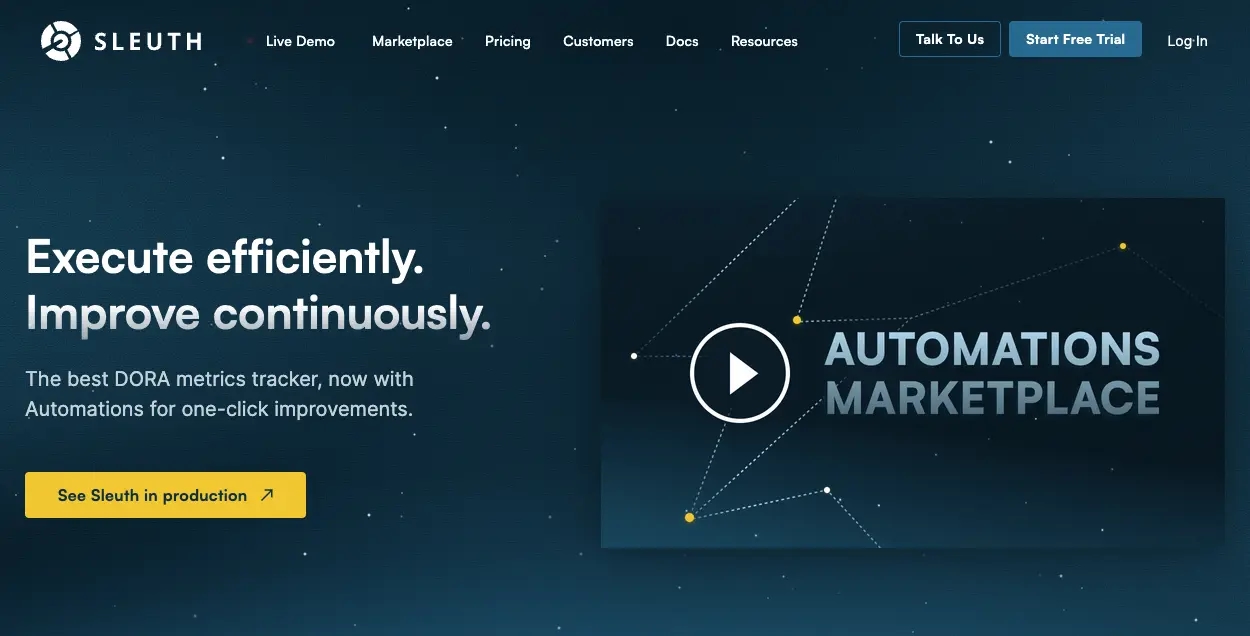
Sidenote: 10 points to Swarmia, knowing that the new DORA report has been released and people will search for sponsors, and looks like they have placed corresponding keywords.
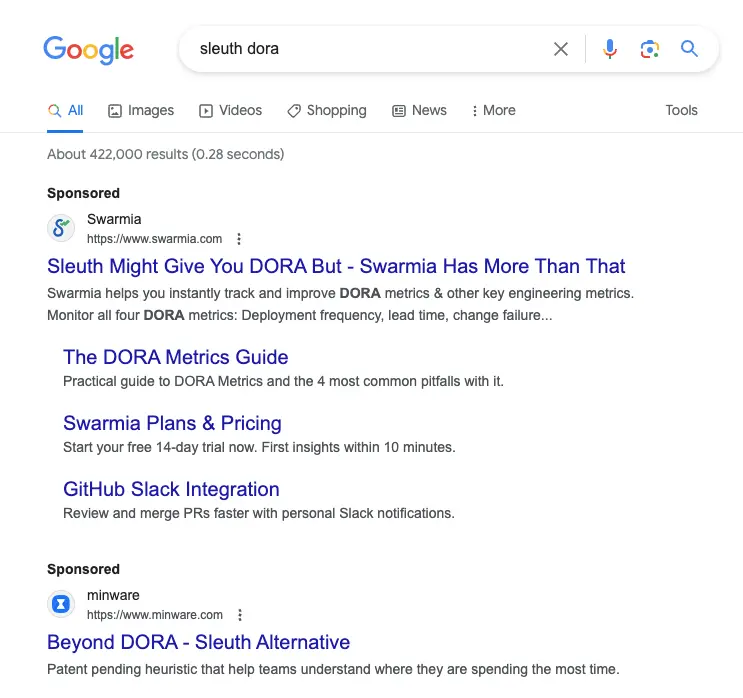
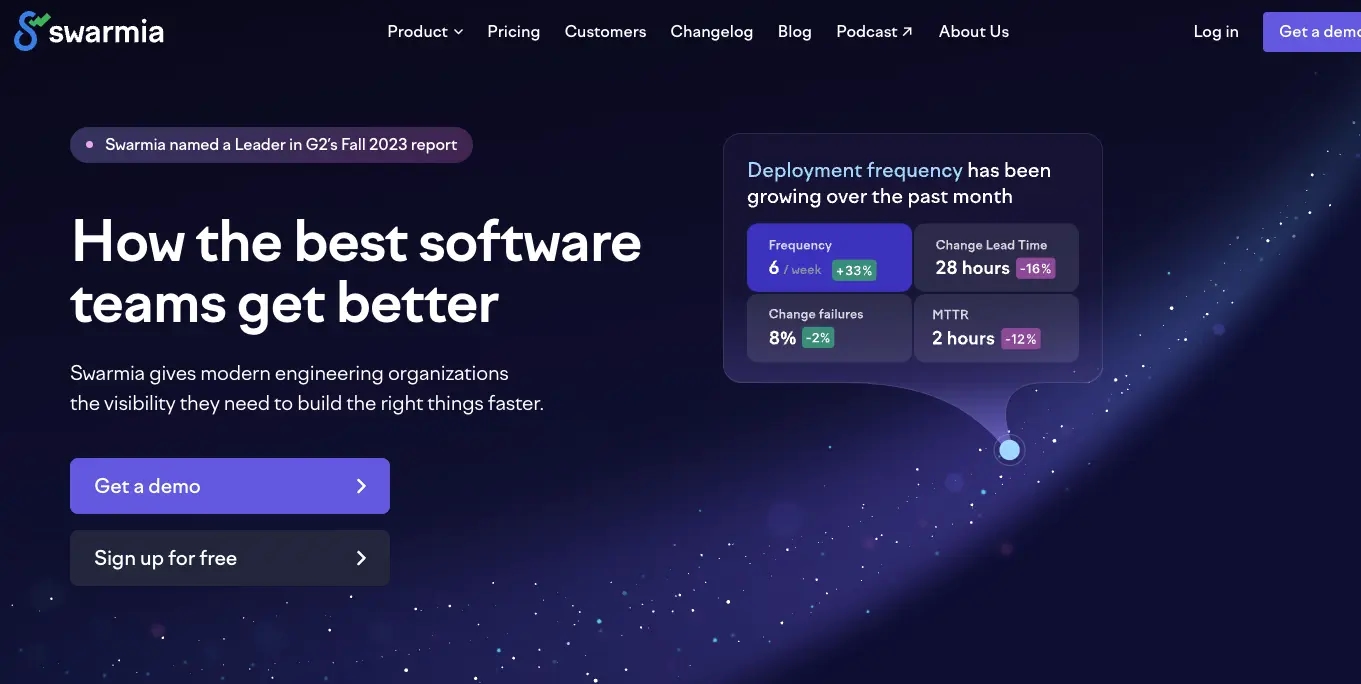
- Qarik helps users migrate to cloud-native architecture.
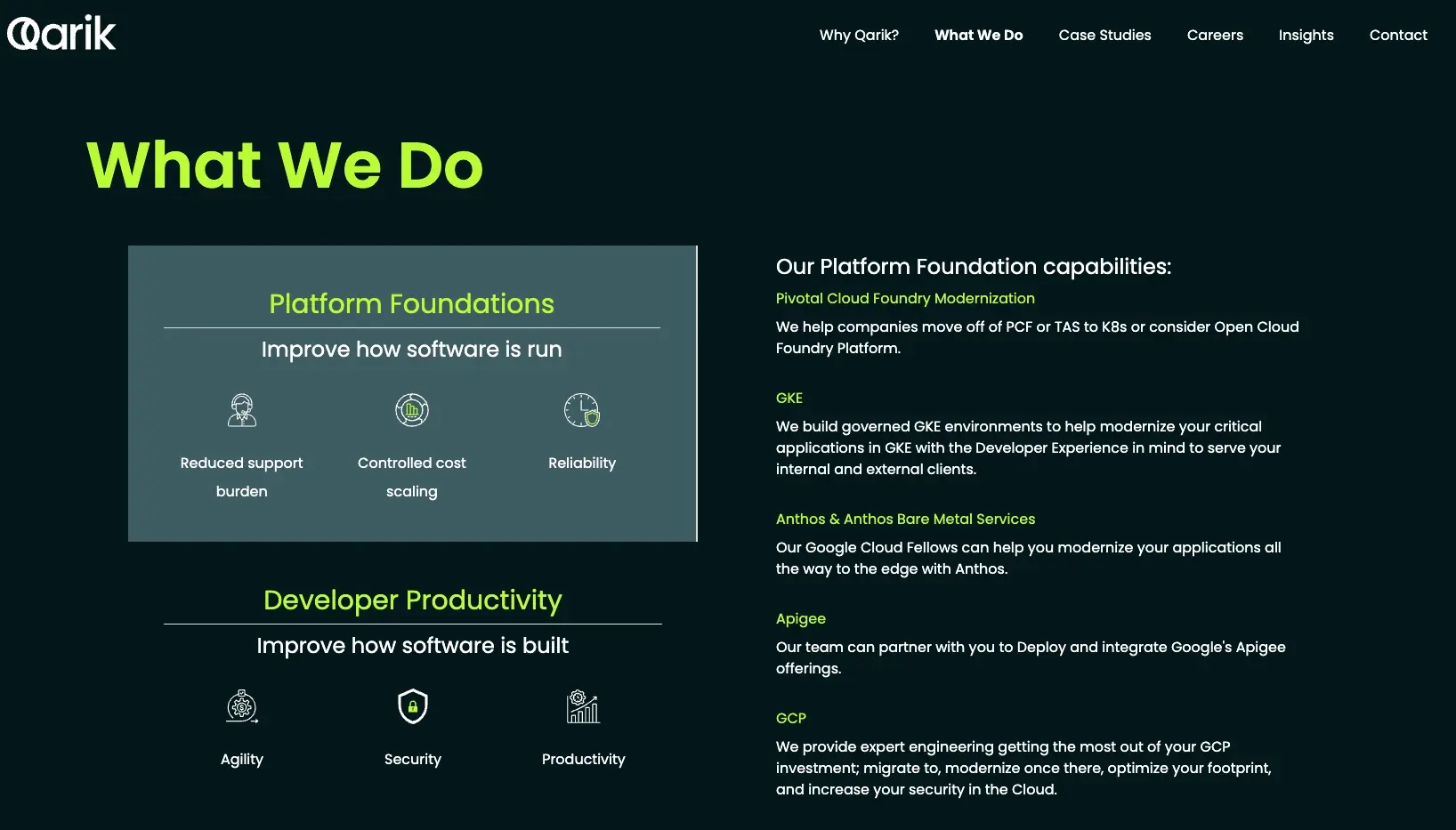
From the sponsor list, the majority of vendors are engaged in optimizing R&D processes, which aligns with the target audience of the DORA report. It will be a bloody battle to be the Celonis for software development.
Now let's get to the point and dive deep into the DORA report itself.
Target Audience
The sample size has increased by 3.6 times compared to last year, making it second only to Stack Overflow Developer Survey in terms of scale within the industry. The coverage of respondents is also more comprehensive.
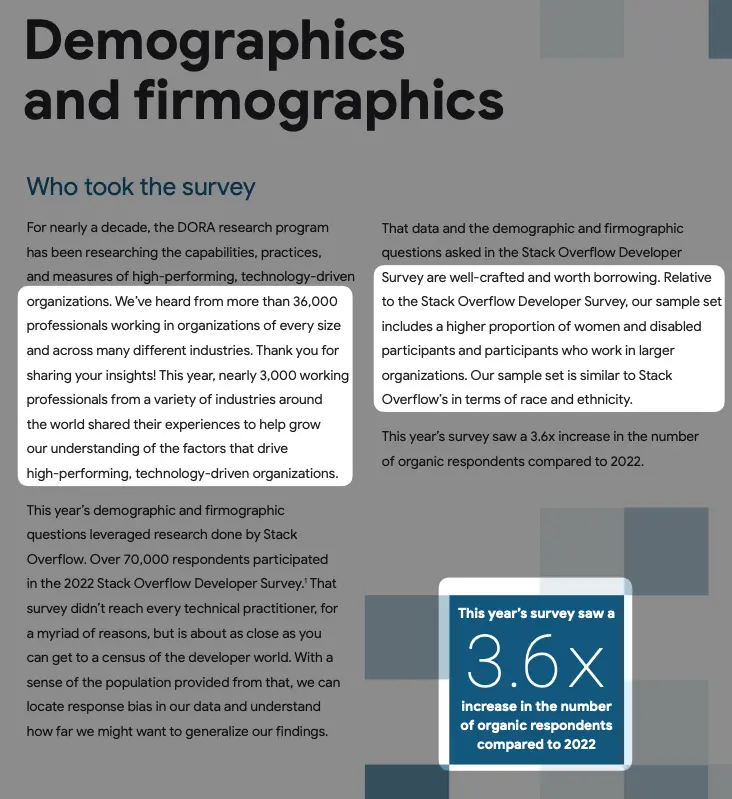
In terms of regional distribution, it also reflects the relative size of the software industry in various countries.
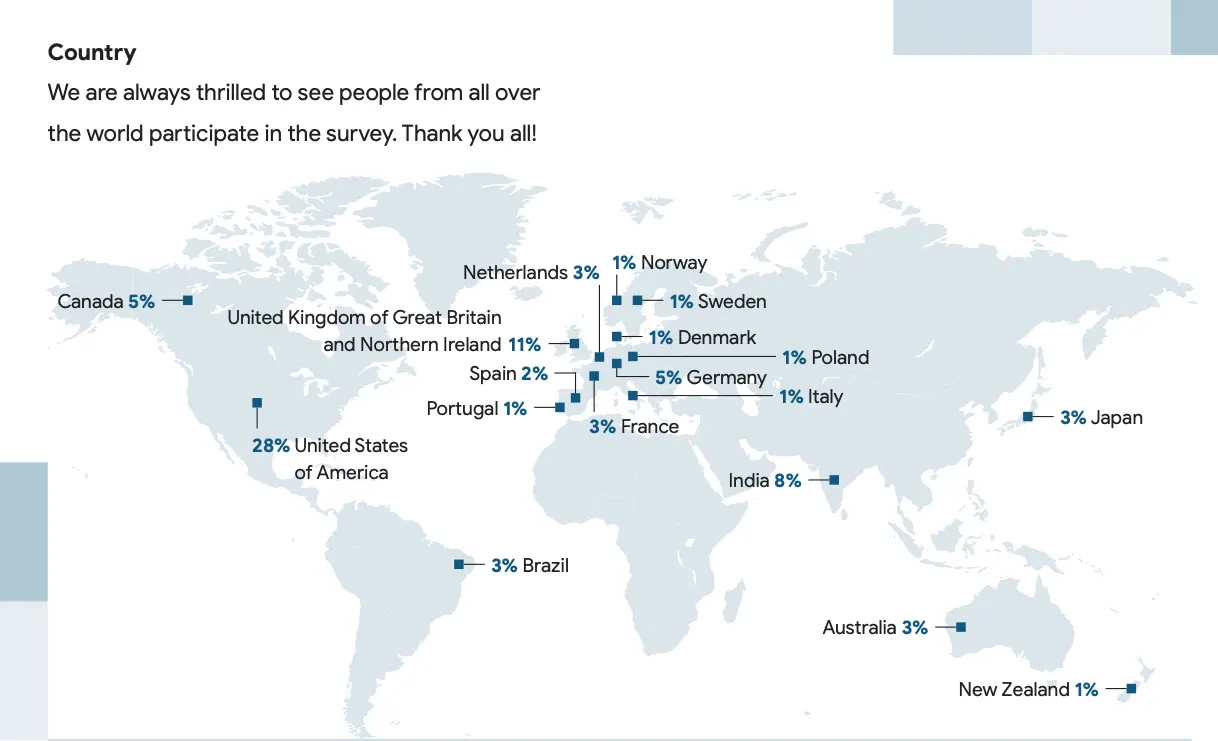
Methodology
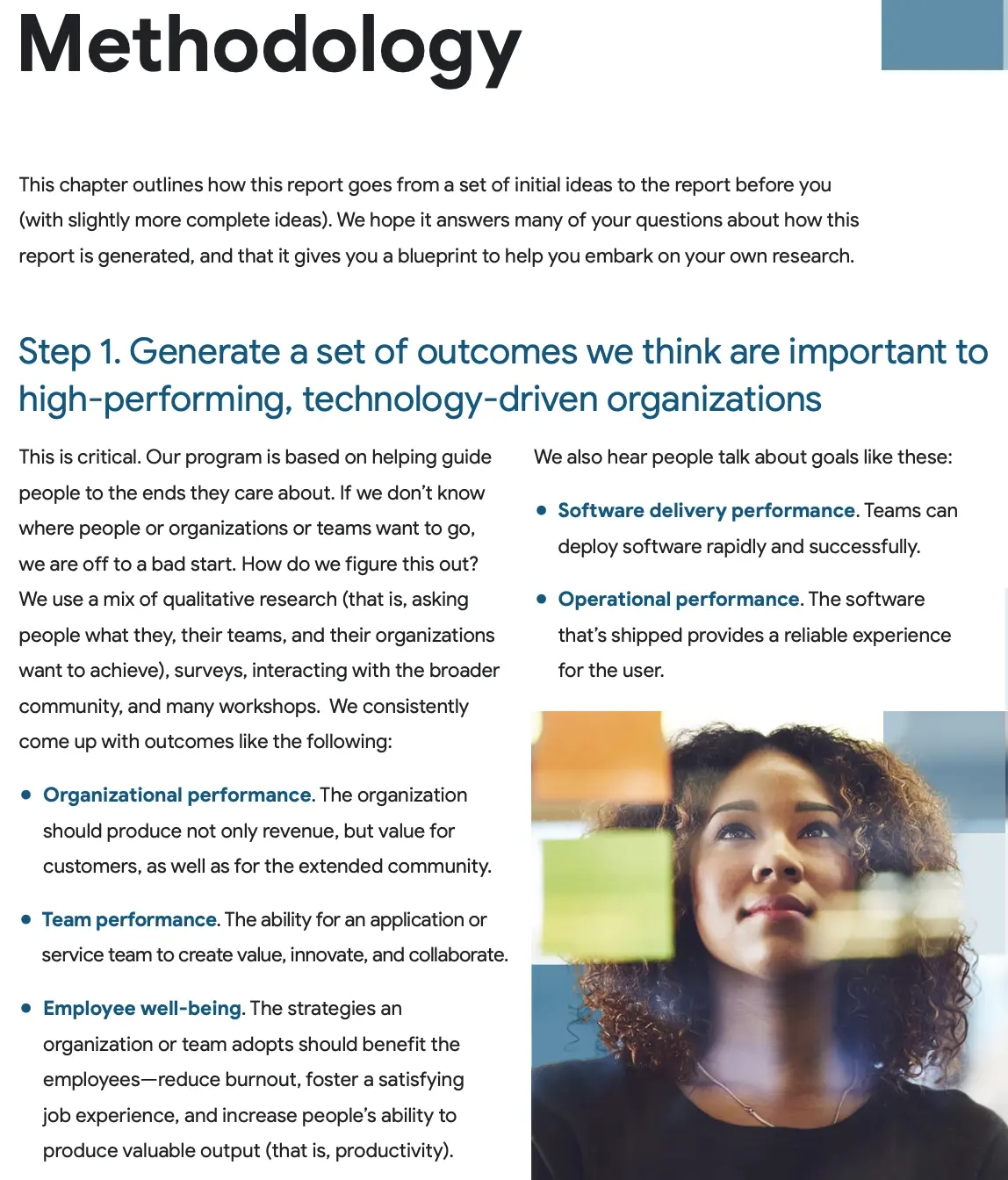
DORA's recent reports have two main themes:
- Organizational: organizational performance, team performance, employee well-being.
- Operational: software delivery performance, operational performance
Software Delivery Metrics
The four metrics to measure the speed and stability of software delivery remain largely unchanged:
- Deployment frequency
- Change lead time
- Change failure rate
- Failed deployment recovery time
Among them, the last term was adjusted. The previous report used a more general term "time-to-restore". However, it was too generic to differentiate between failures caused by releases and those caused by natural disasters. The new term more precisely defines within the realm of software delivery.
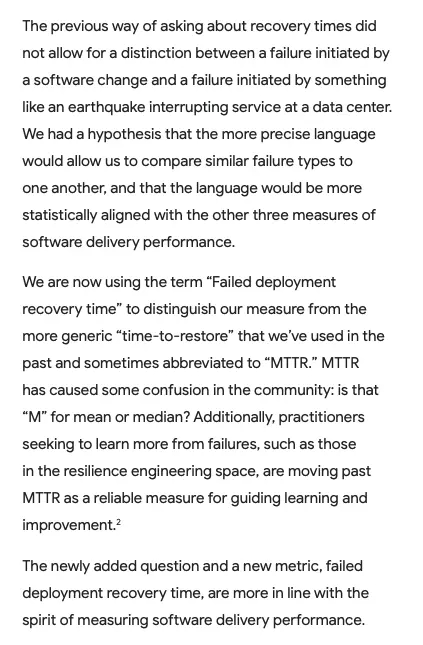
Grading - Return of the Elite Level
Due to the lack of distinction between Elite and High levels, the original four levels became three levels in last year's report.
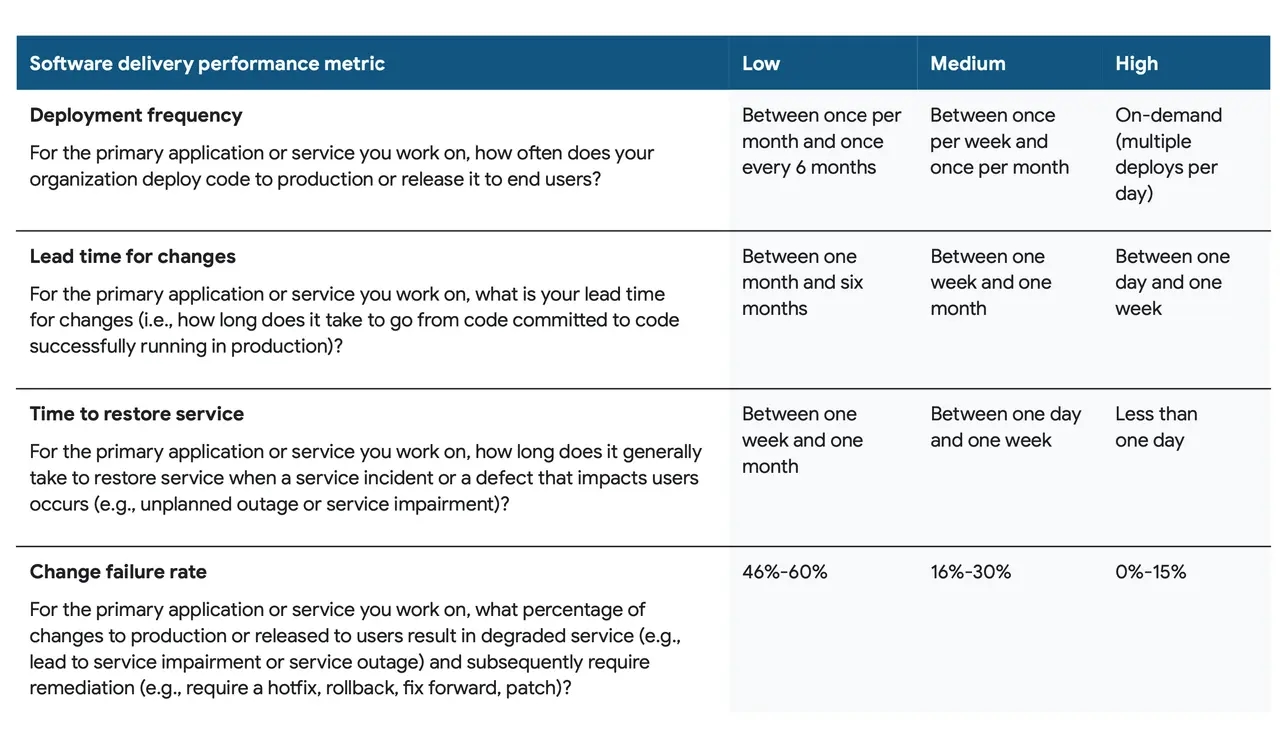
This year, Elite returns because of a significant increase in sample size, and the distinction has reemerged.
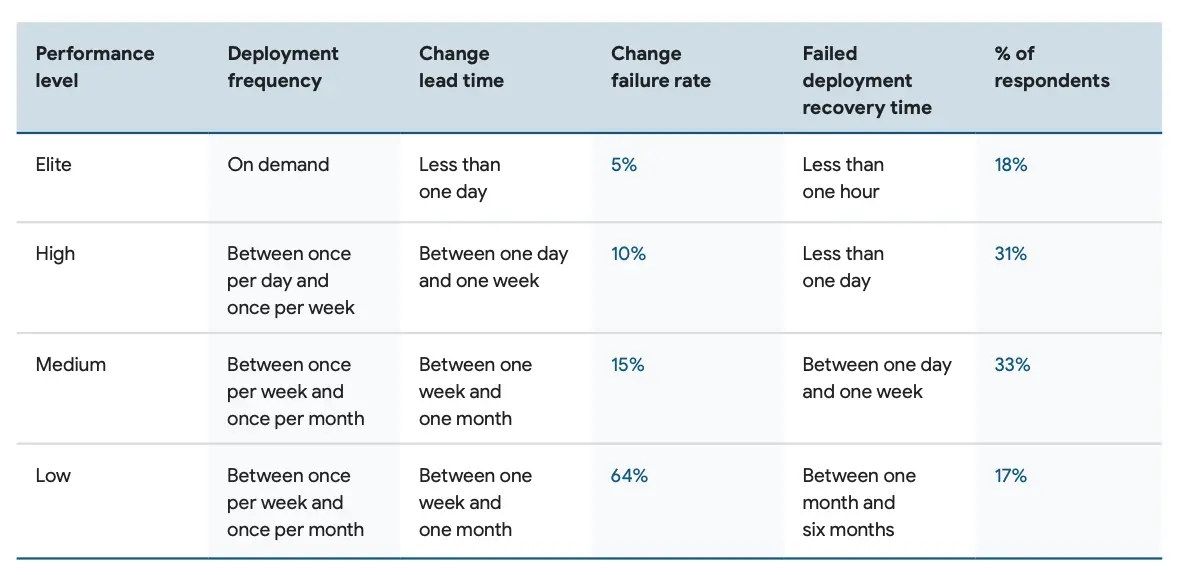
Clustering
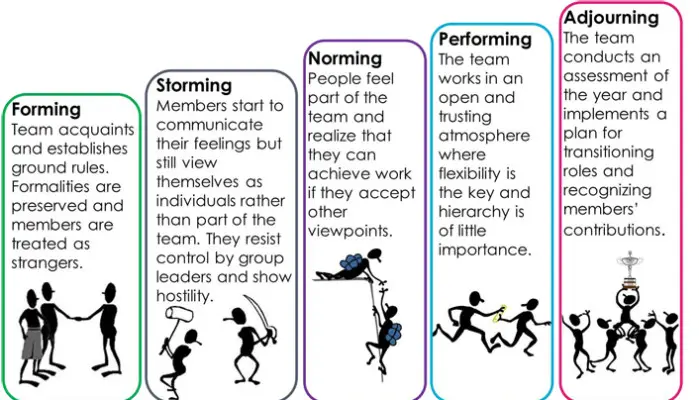
Last year's report adopted a stage-based classification similar to Tuckman's stages of group development (Forming > Storming > Norming > Performing > Adjourning), and was formed into Staring > Flowing > Slowing > Retiring.
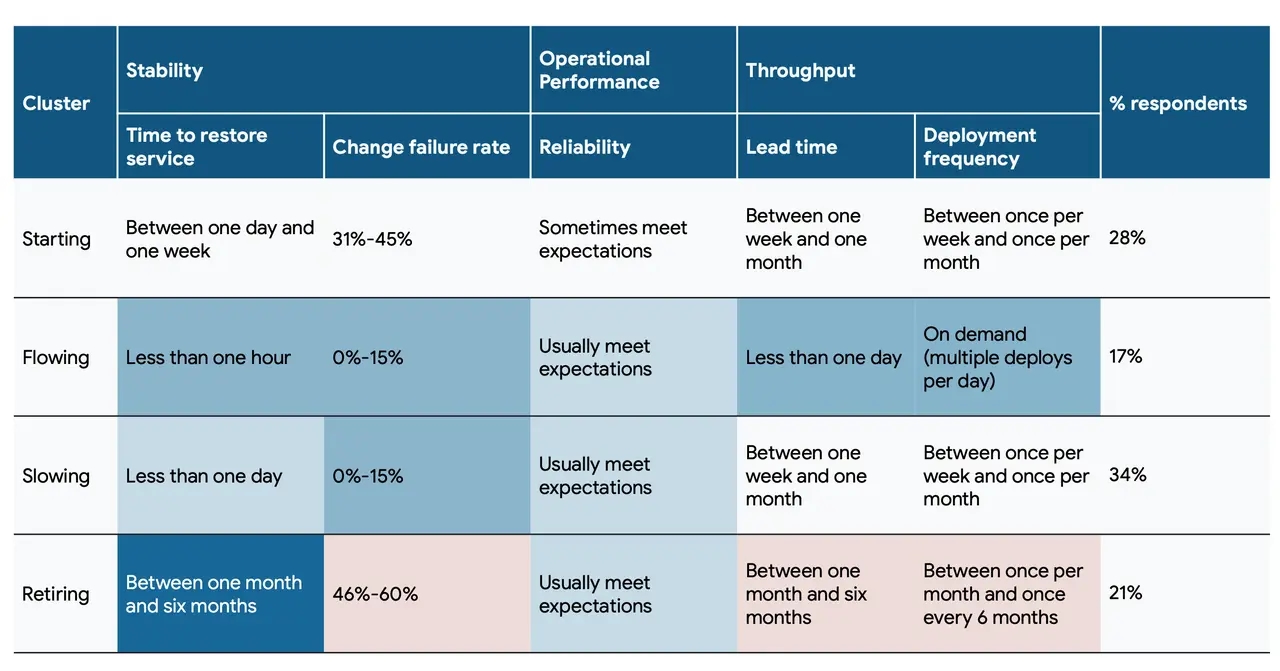
This year, a new trait-based classification was adopted:
- User-centric
- Feature-driven
- Developing
- Balanced
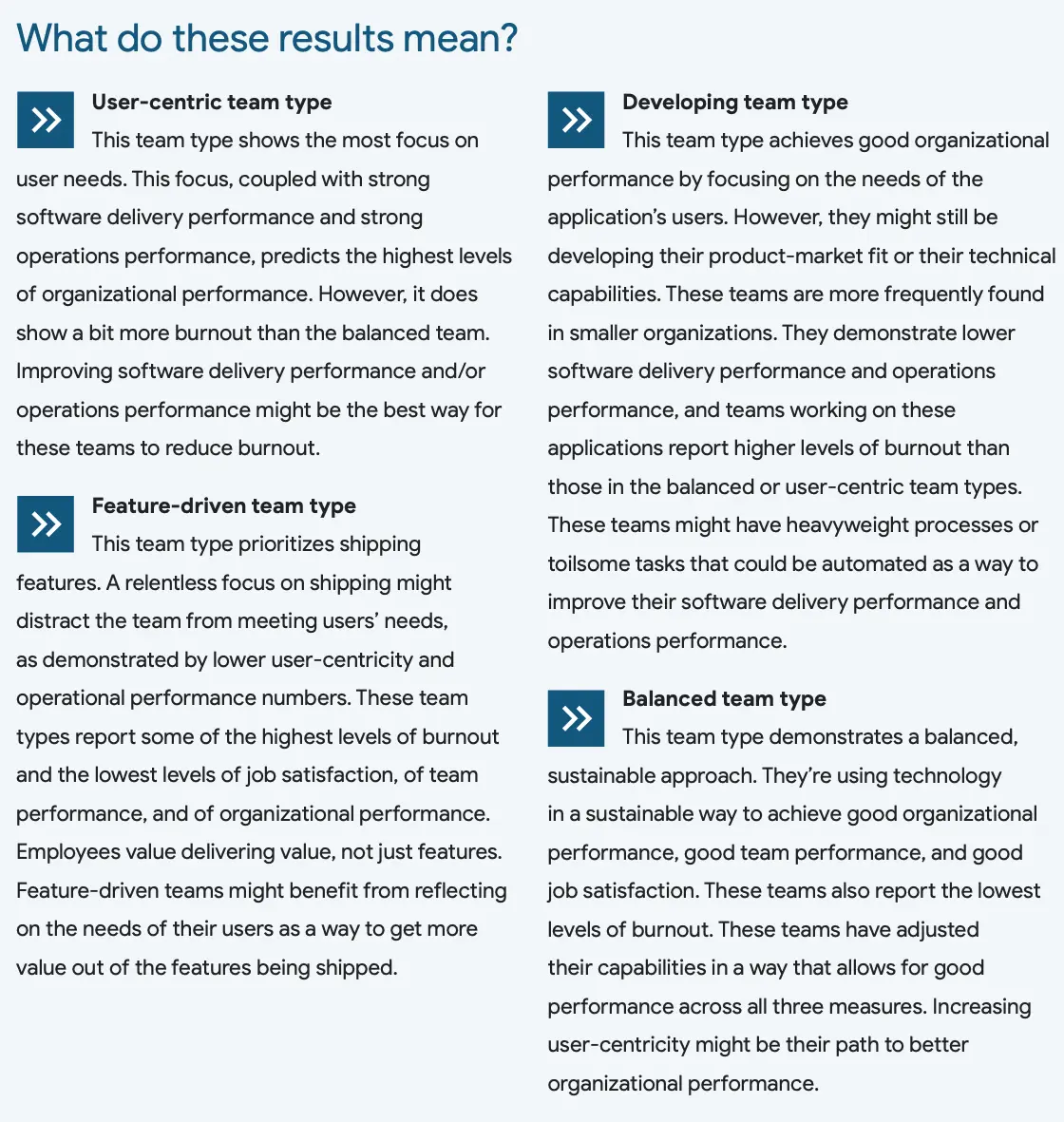
Performance of various indicators under different types.
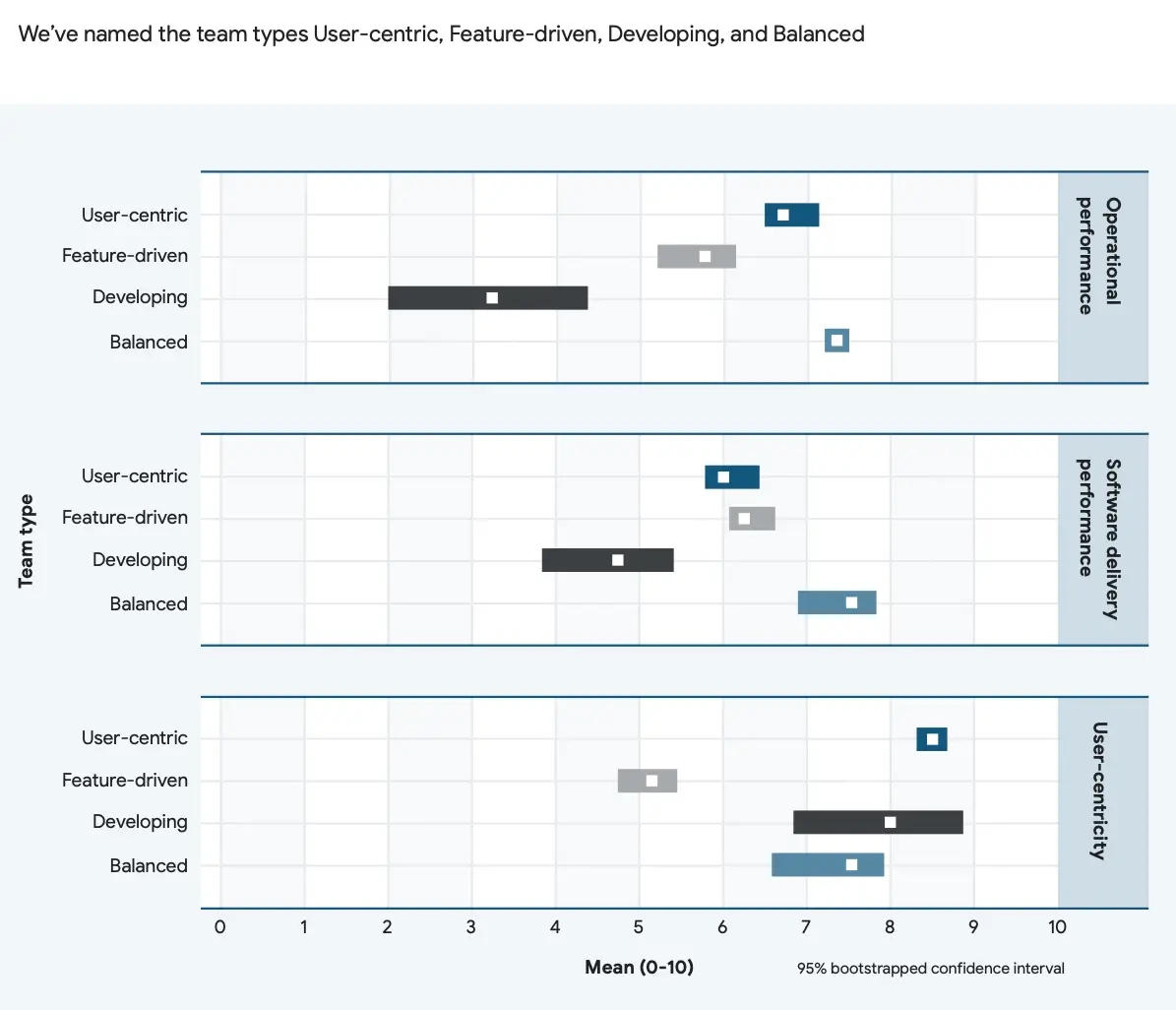
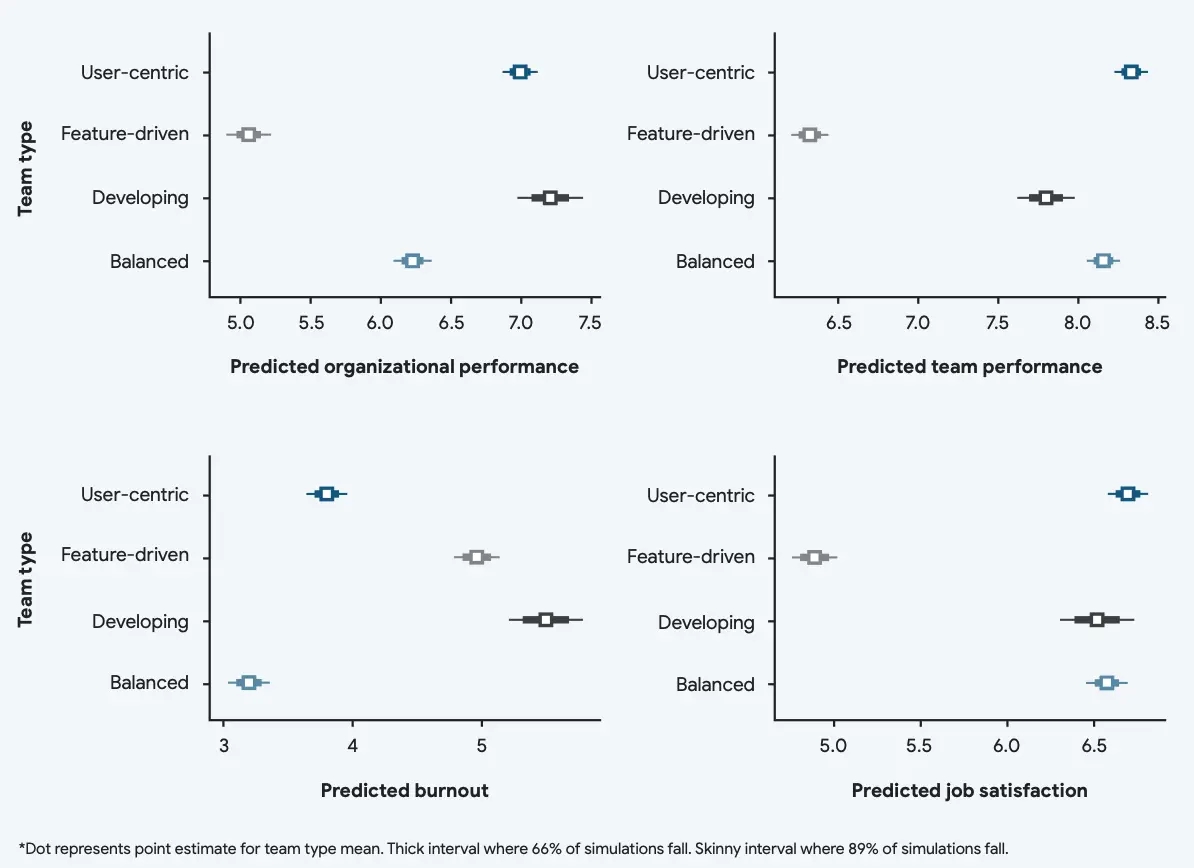
It seems that this year's classification is a bit blurry. Taking Bytebase itself as an example, according to last year's stage classification, Bytebase clearly falls between "starting" and "flowing". However, Bytebase somehow fits into all four classes this year. In terms of trait classification, it may needs to be further subdivided like MBTI personality analysis.
Key Findings
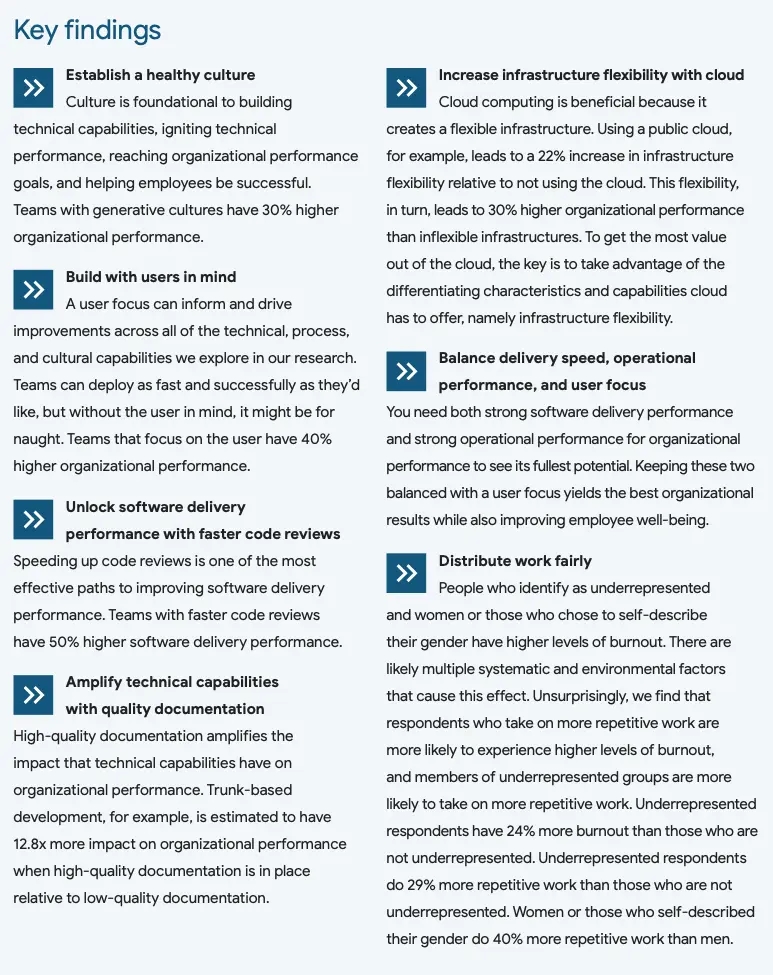
- Establish a healthy culture
- Build with users in mind
- Unlock software delivery performance with faster code reviews
- Amplify technical capabilities with quality documentation
- Increase Infrastructure flexibility with cloud
- Balance delivery speed, operational performance, and user focus
- Distribute work fairly
Culture and User-centrism
Westrum's Organizational Culture and user-centrism are also part of organizational culture, so we discuss them together.
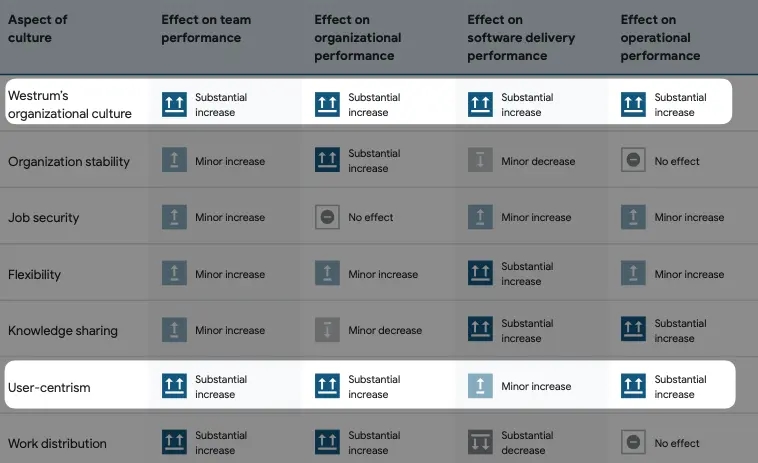
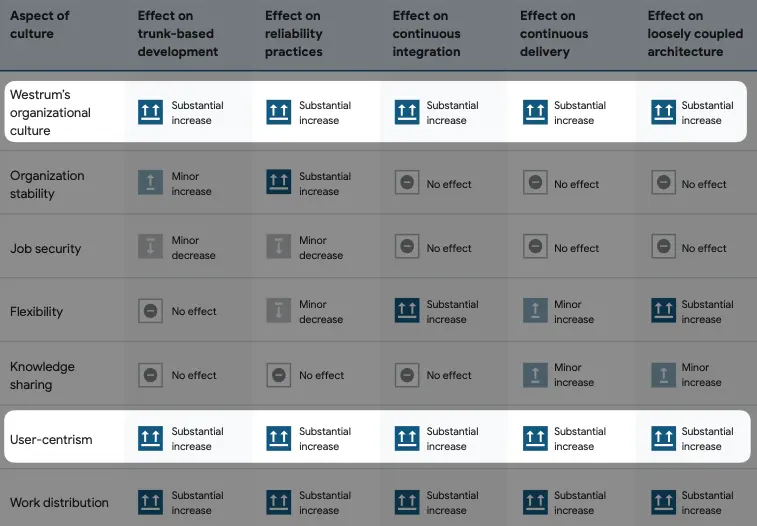
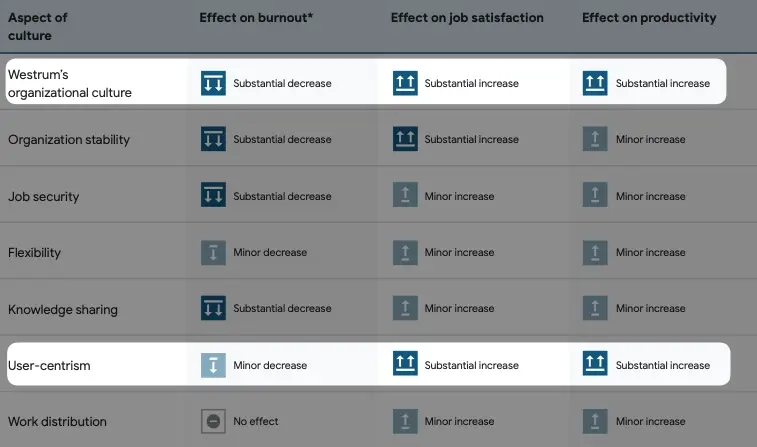
Westrum's Organizational Culture originates from Westrum's views in his 2004 paper A typology of organisational cultures. A highly trusting and information-sharing organizational culture can lead to outstanding business performance.
Among all the evaluated indicators, Westrum's Organizational Culture and user-centrism are the most effective in bringing positive effects. For Westrum's Organizational Culture, you can read more about it in his paper; while for the latter, further data is provided in the DORA report.
You can see that putting the user at the center can bring significant improvements to every indicator, no wonder why companies are vigorously promoting it.
Technical factors that affect performance
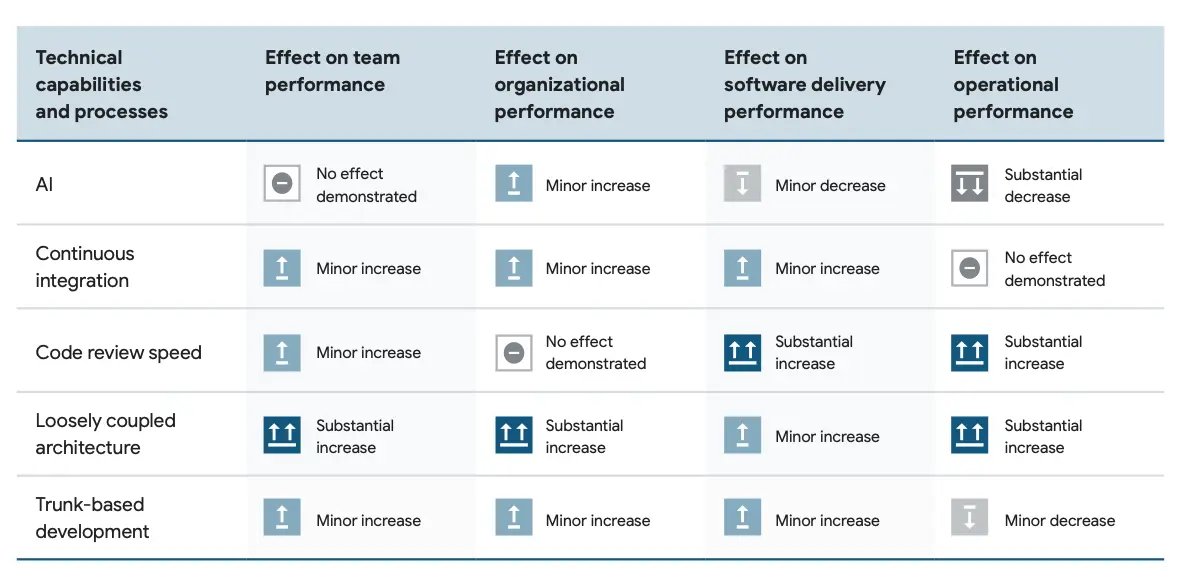

Loosely coupled architecture -> smaller changes -> improvement of DORA's four core metrics.
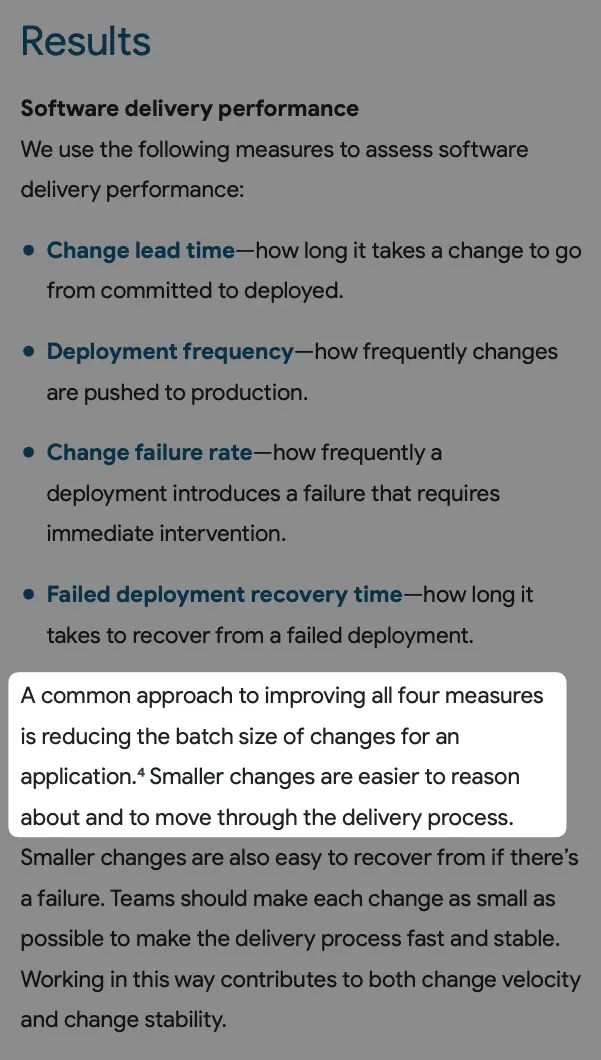
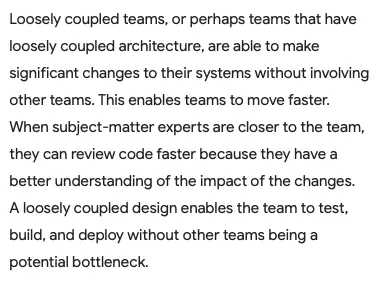
Revalidating the Relationship between Reliability and Performance
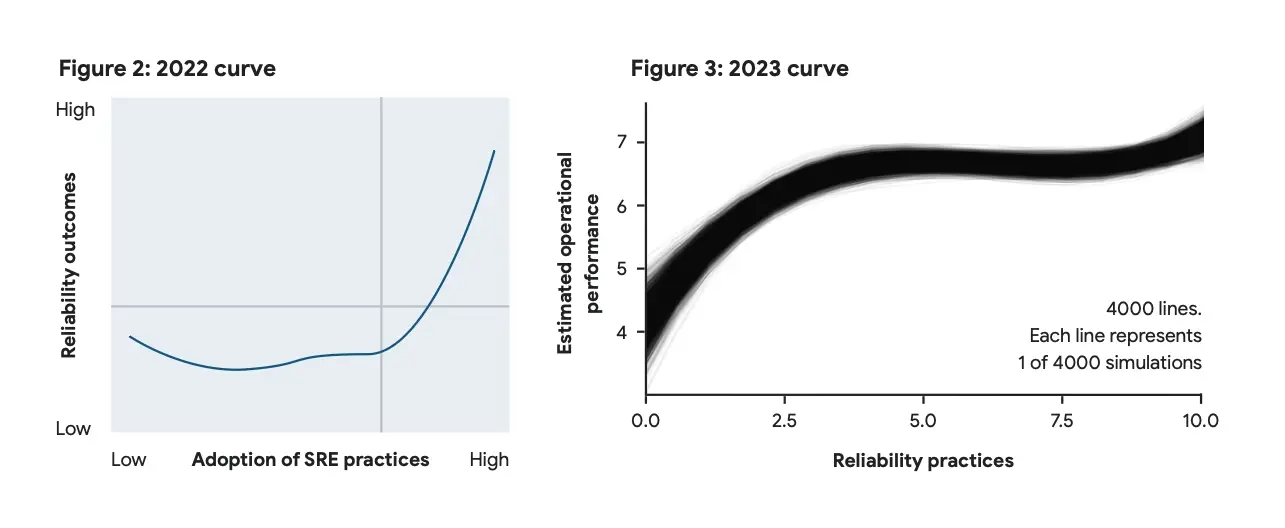
The data from the 2022 report shows that organizations need to invest a long period of time in reliability engineering before seeing results. This conclusion can be somewhat discouraging as it is easy to give up without early wins.
However, through refined questionnaires in 2023, an inspiring conclusion was drawn: the relationship between stability and performance follows a J-curve, where there are effective results in the early investment stage, followed by a period of bottleneck, and ultimately leading to substantial returns.
AI Boost: Not much
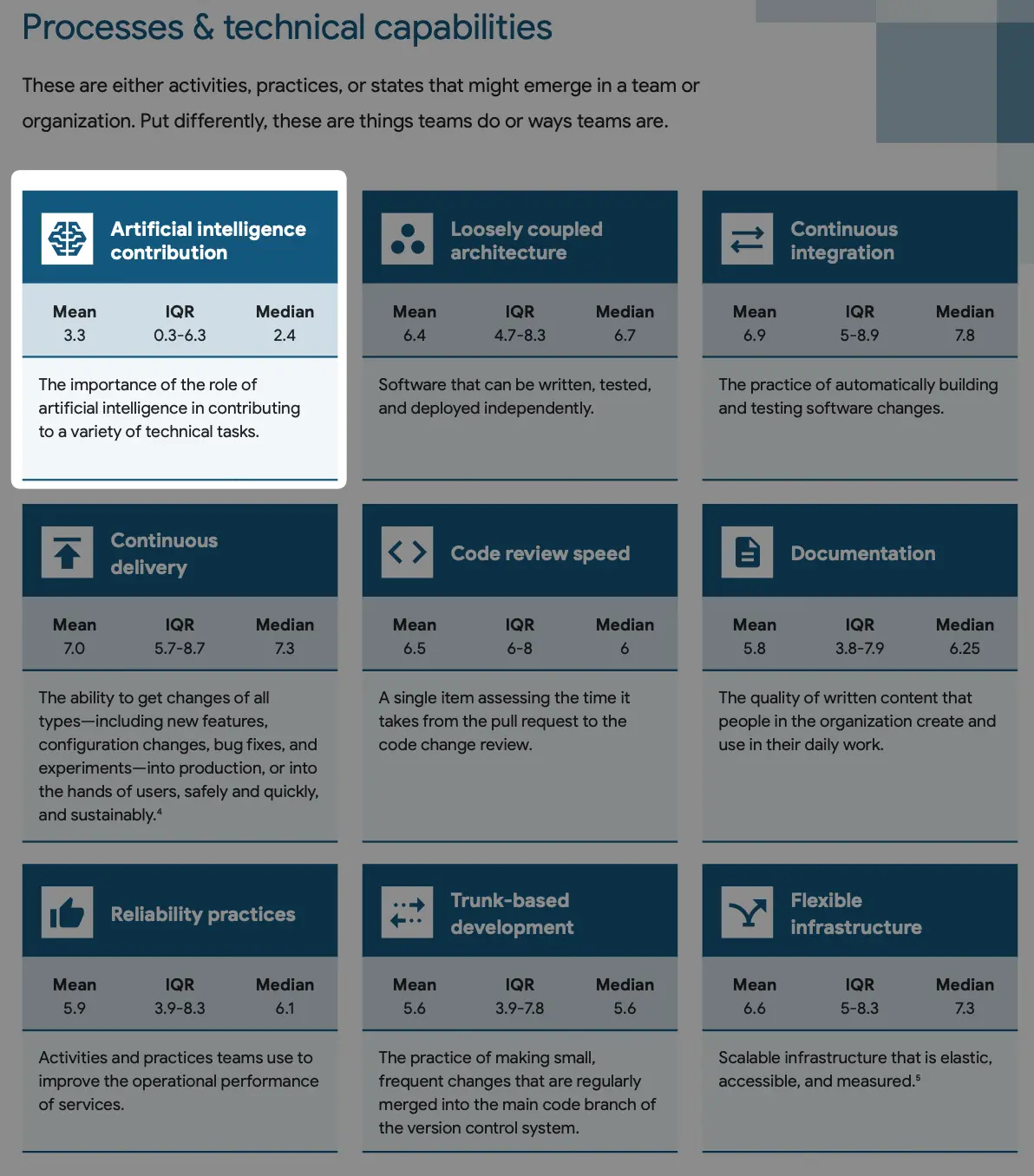
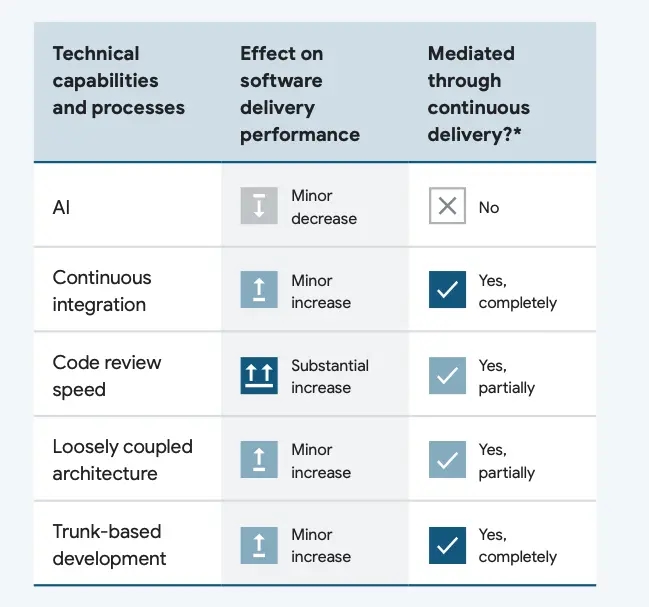
The 2023 report naturally cannot leave out AI. The conclusion is somewhat discouraging, as it ranks last with a significant gap, among all technological factors. This actually aligns with my personal expectations because currently, the only widely adopted scenario for AI is assisting in coding. While the coding speed is insignificant compared with other software development activities such as collecting user feedback, making decision, team collaboration, project management and etc.
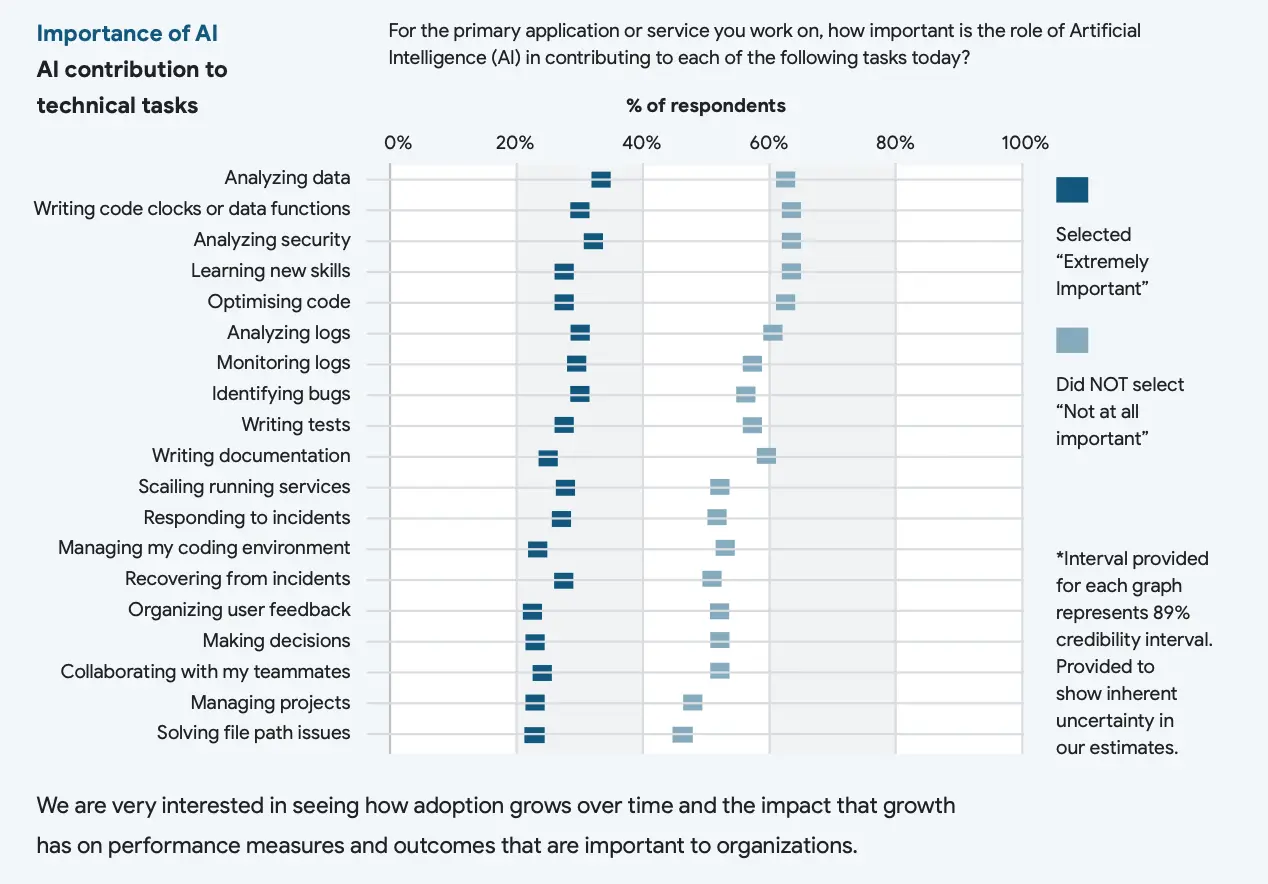
Conclusion
Yet another benchmark
Apart from the content, DORA has once again shown us how to produce a professional industry report. The methodology, interviewees, and analysis methods are clearly explained in the report.
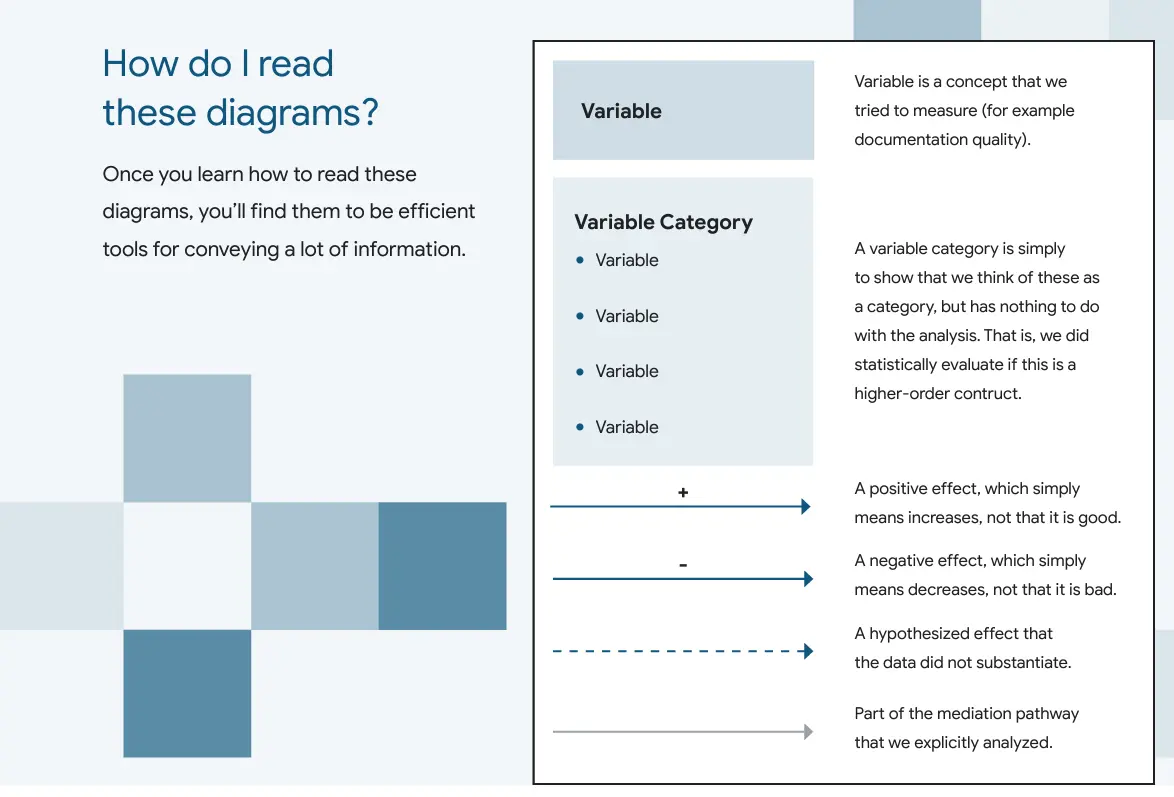
Data that goes against intuition aren't forcefully conformed to, but instead, questions are raised.
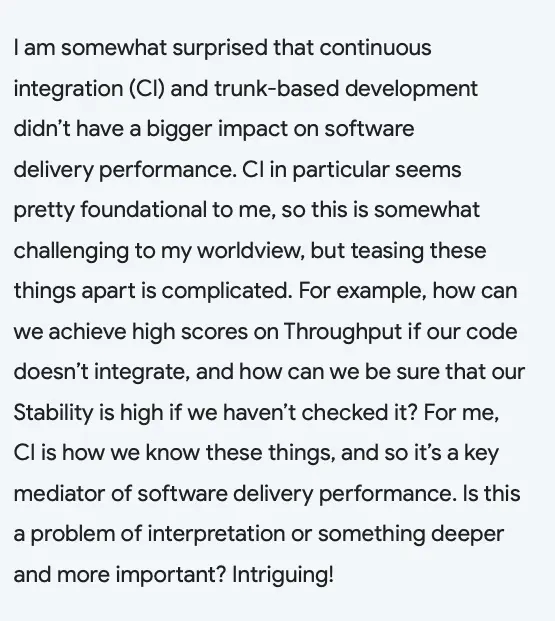
Listen to various voices, which makes the report more comprehensive and inclusive.
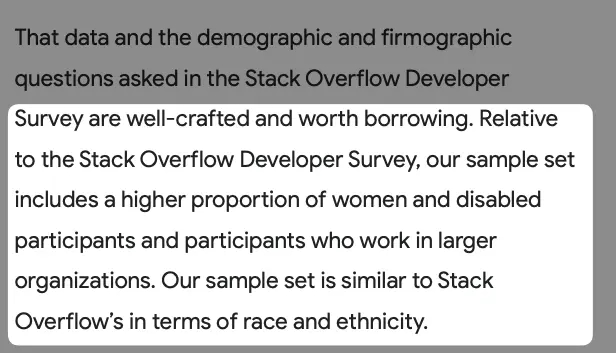
And - a few nits from my POV.
Skimmed Platform Engineering
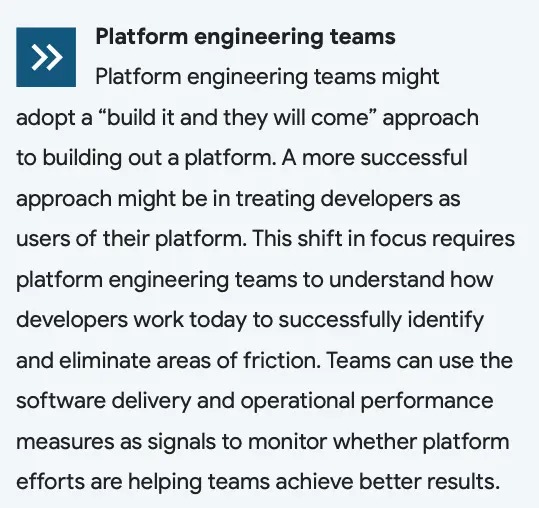
The recently emerging Platform Engineering was mentioned for the first time in this year's report. The theme of DORA is Software Delivery and DevOps, and from industry trends, this work corresponds to the Platform Engineering team. The users of Platform Engineering are internal developers, so this part appears in User-centric on page 19. However, as a report studying engineering organizations, DORA ought to elaborate more on Platform Engineering since it is a new organizational shift from the longstanding SRE.
The Cloud cliché
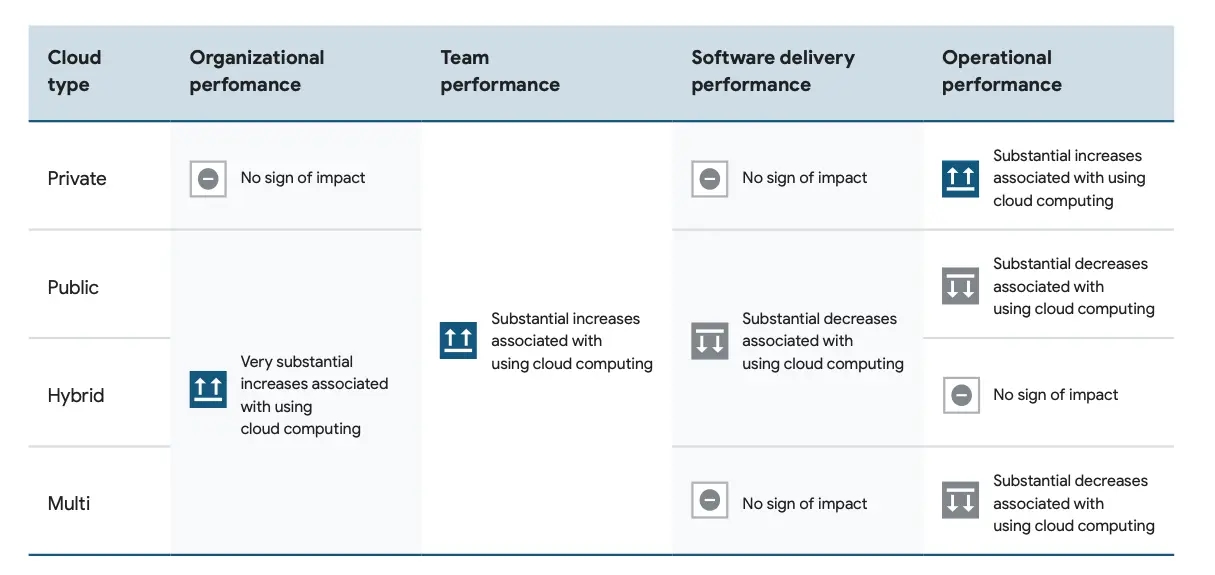
The report lists various advantages of Cloud, but it does not touch upon the recent industry discussions on Cloud cost.
DORA in transition

Among the authoritative industry annual reports, Stack Overflow Developer Survey focuses on the specific tools and technologies used in work. Gartner targets management and focuses on industry trends. DORA is positioned between the two. And from the trend of these years' reports, DORA is gradually moving towards management.

For example, looking at the sponsor list, in previous years there were more tool vendors specializing in different stages of the development workflow, such as JetBrains IDE, JFrog artifact repositories, GitLab for code hosting, Octopus for application deployment, and Liquibase for database changes. This year's sponsors are all focused on development process efficiency optimization.
Furthermore, this year's report somewhat downplays the four core metrics of software delivery that DORA has always endorsed and instead focuses more on describing the grand traits like culture, user-centrism behind these metrics.
Final Thoughts

Measurement is not the goal, just like releasing software is not the goal. While it is reassuring if data can confirm assumptions, what is more valuable is revealing incorrect hypothesis.
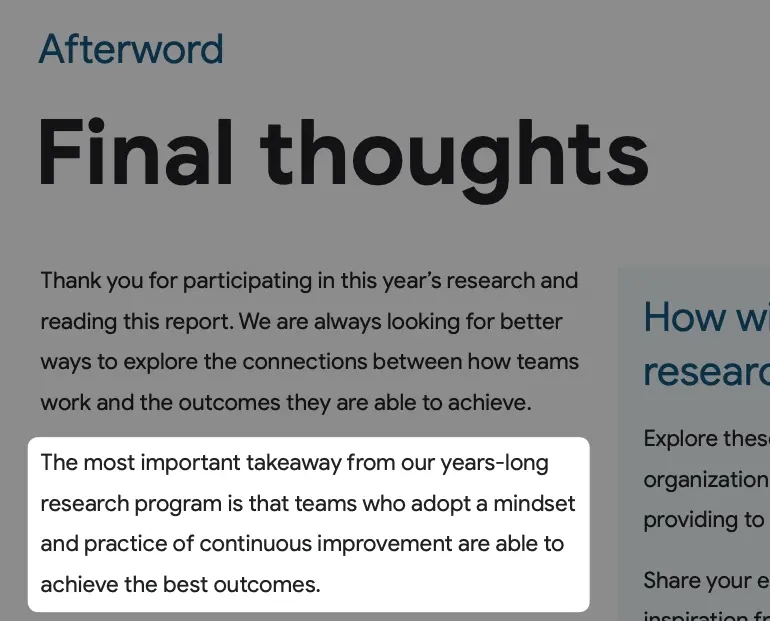
At the dawn of AI, the eve of VR, an organization with the ability to continuously improve is the greatest certainty in facing uncertainties.
Thanks for reading so far and I'm sure you have a pursuit for software delivery excellence. Take a look at Bytebase, the industry-leading open source database CI/CD tool to deliver database changes faster and safer.
